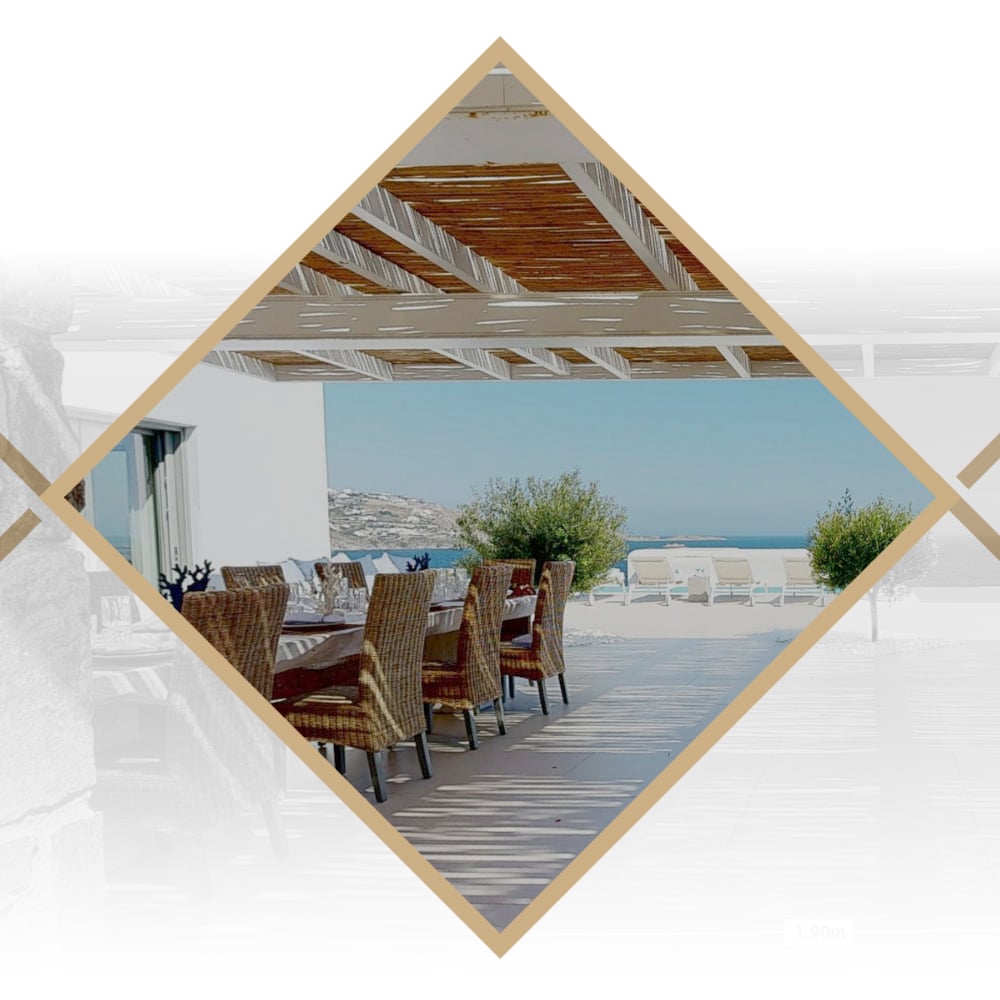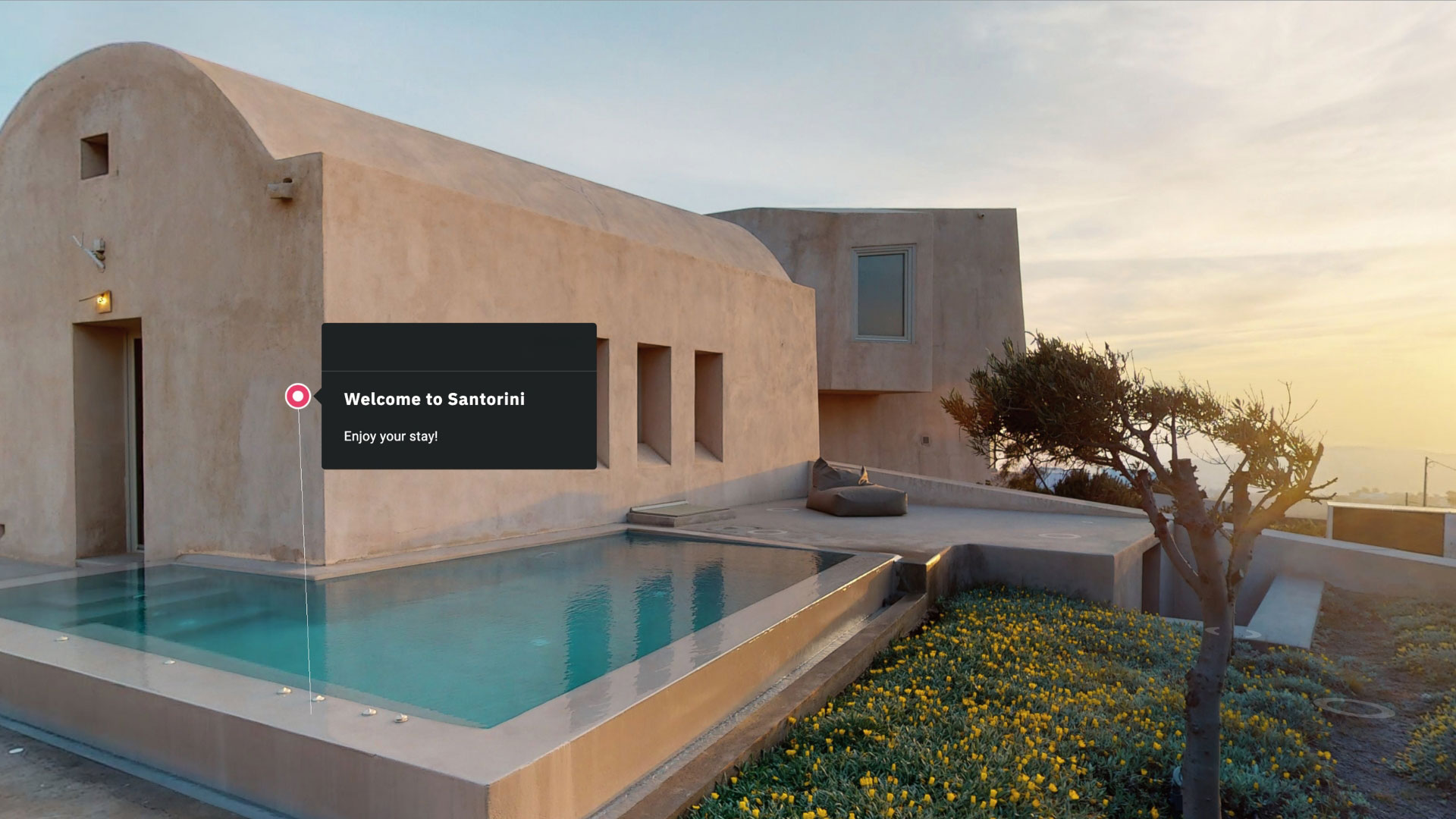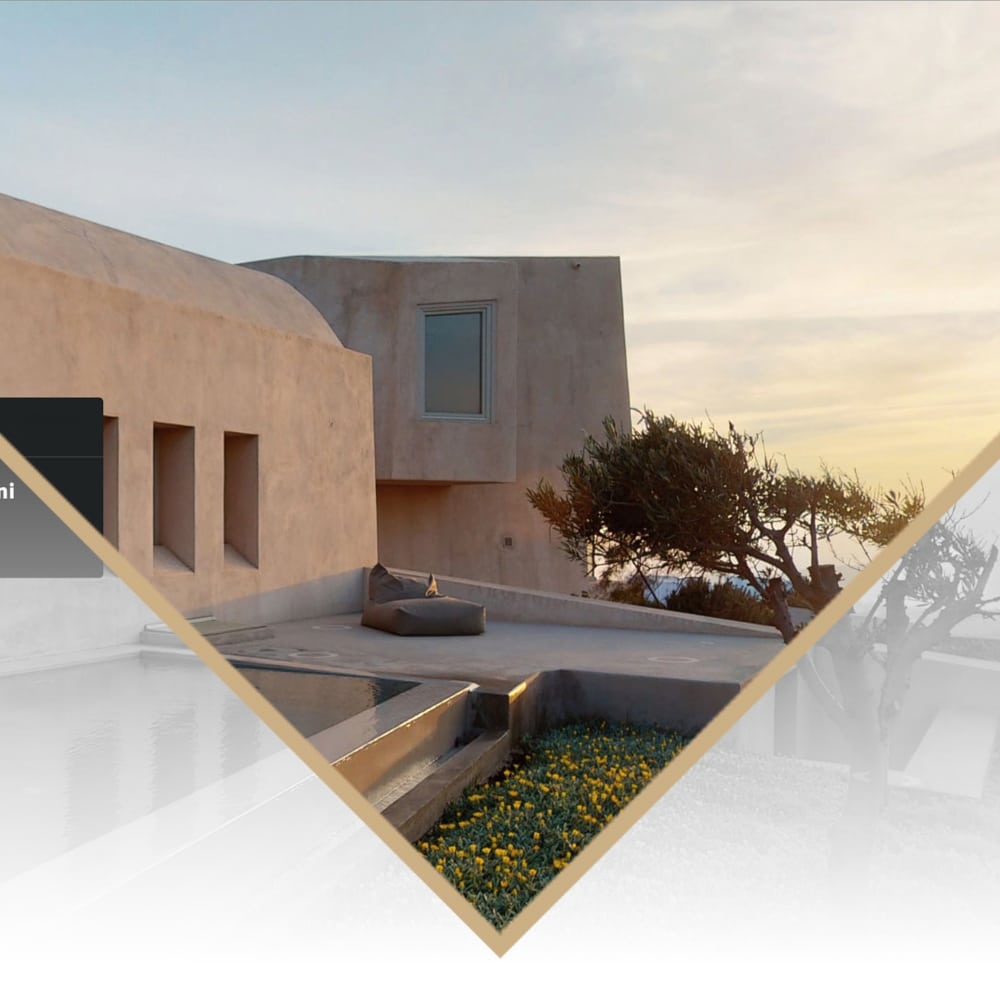Last Updated on 01/05/2024 by Manolis Maragkoudakis
360 Virtual Tours are a Game-Changer
Are you tired of endlessly scrolling through property photos, trying to envision yourself living there? What if you could step into your ideal villa without ever leaving your living room? Thanks to 360-degree virtual tours, now you can. These immersive experiences enable you to explore every nook and cranny of a property, just as if you were physically present. From the comfort of your home, you can stroll through corridors, peek into bedrooms, and marvel at breathtaking views. Yet, it’s not just about convenience – 360-degree virtual tours are revolutionizing the real estate industry. They offer a level of transparency and confidence that traditional photos simply cannot match.
Benefits of using virtual tour 360
Virtual tour 360 offers numerous advantages for the real estate sector. Among the most notable is its capacity to offer a more immersive experience to potential buyers. Instead of relying on static images, virtual tours enable buyers to navigate a property at their own pace, exploring it from various angles. This feature proves particularly valuable for buyers unable to visit a property physically due to geographical distance or other limitations.
Additionally, virtual tours excel in showcasing a property’s distinctive attributes. For instance, they can highlight breathtaking views from specific rooms or spotlight the upscale finishes in a kitchen or bathroom. This capability is especially beneficial for sellers aiming to distinguish their property from others in the market.
Virtual tour 360 also has the potential to save time for both buyers and sellers. Instead of arranging numerous in-person viewings, buyers can utilize virtual tours to streamline their choices and concentrate on properties that captivate them the most. Conversely, sellers can employ virtual tour 360 to assess potential buyers in advance and verify their genuine interest in the property before arranging an in-person viewing.

How Virtual tour 360 work?
Virtual tour 360 are generated through specialized cameras that capture images from all perspectives within a room or area. Subsequently, these images are melded together to form a cohesive, panoramic view of the space, spanning 360 degrees. The resultant tour is accessible on various devices, including computers, smartphones, or virtual reality headsets.
One of the most important aspects of creating a virtual tour is ensuring that the lighting and staging are just right. This might include rearranging furniture, manipulating curtains, and employing specialized lighting fixtures. The objective is to fashion an inviting and expansive environment that truthfully depicts the property.
Once the virtual tour is created, it can be embedded on a real estate website or shared on social media. Prospective buyers can then click on the tour and explore the property at their own pace, from any angle they choose.
Statistics on the effectiveness of 360 virtual tours
Undoubtedly, virtual tour 360 are gaining traction within the real estate sector. As per a recent study conducted by the National Association of Realtors, 74% of agents incorporate some type of virtual tour in their promotional efforts, a significant rise from 44% reported just two years earlier.
This trajectory is expected to persist, given the demonstrated efficacy of virtual tours in captivating and involving prospective buyers. Research by Matterport revealed that properties featuring virtual tours garnered 49% more qualified leads than those lacking such tours, and typically remained on the market for 31% less time on average.
Virtual tours also enhance the likelihood of a successful sale. According to research conducted by Redfin, residences featuring virtual tours had a 22% higher chance of being sold compared to those lacking such tours. Moreover, potential buyers exhibited a greater propensity to submit offers for properties they had viewed through virtual tours.

The future of virtual tour 360
It’s evident that virtual tours are gaining prominence within the real estate sector. With ongoing technological advancements, we anticipate witnessing further creative applications of virtual tours. For instance, some firms are exploring the utilization of virtual reality headsets to deliver an even more immersive experience for buyers.
Regardless of what lies ahead, it’s evident that virtual tours are firmly established. They provide a level of transparency and reliability that conventional photos cannot replicate, serving as a potent instrument for captivating and involving prospective buyers.







Post Discussion